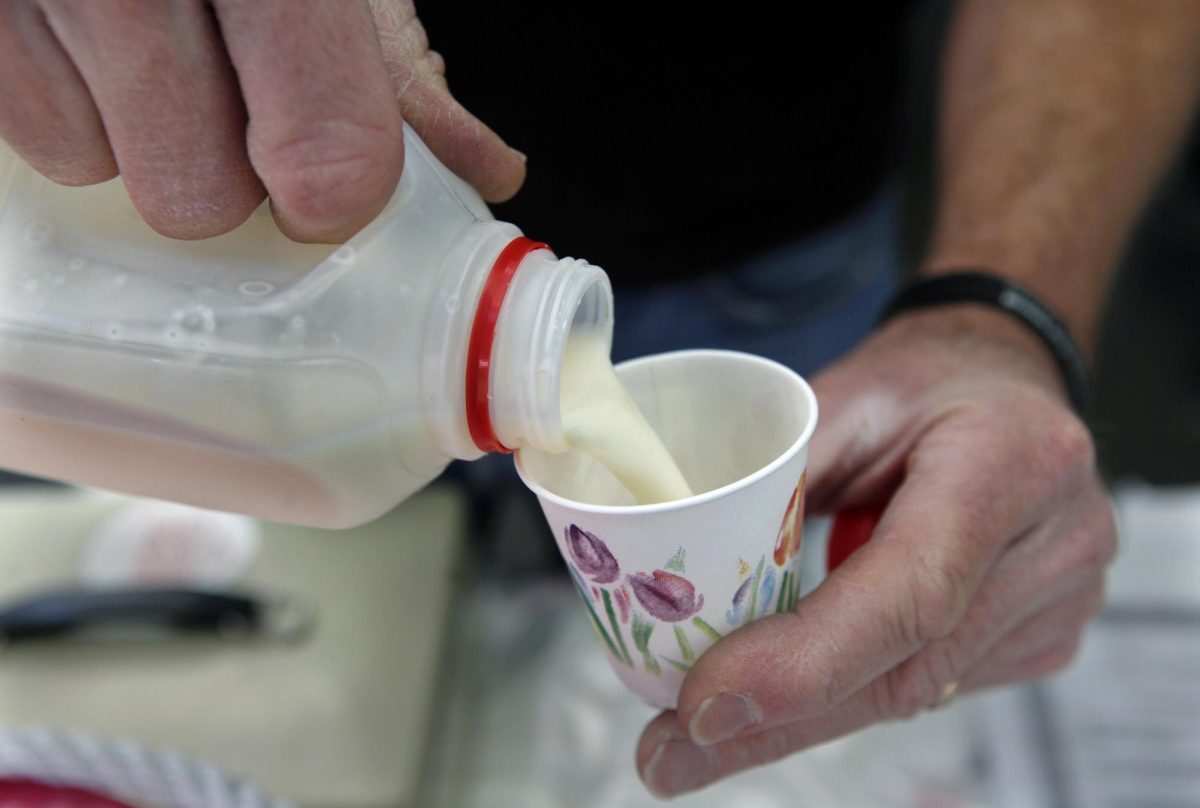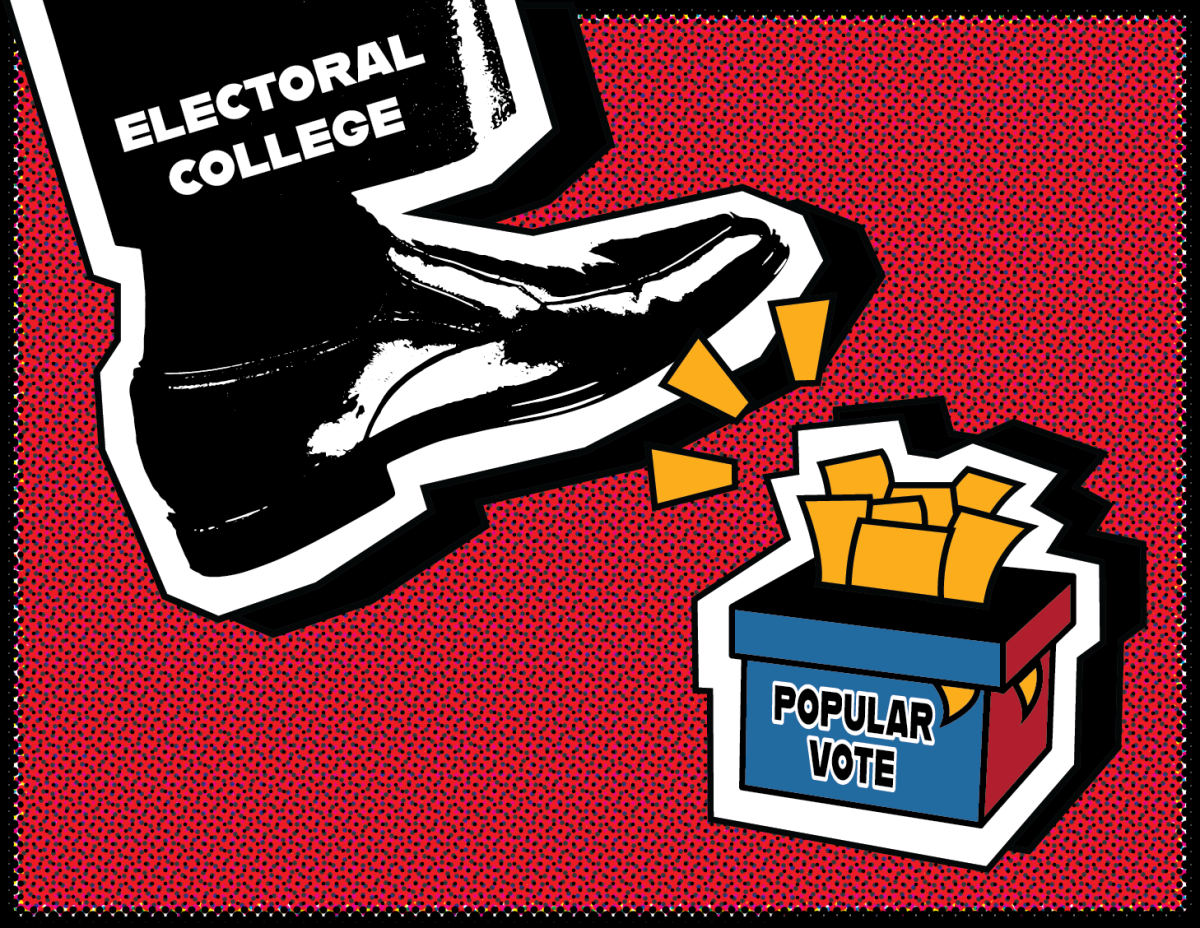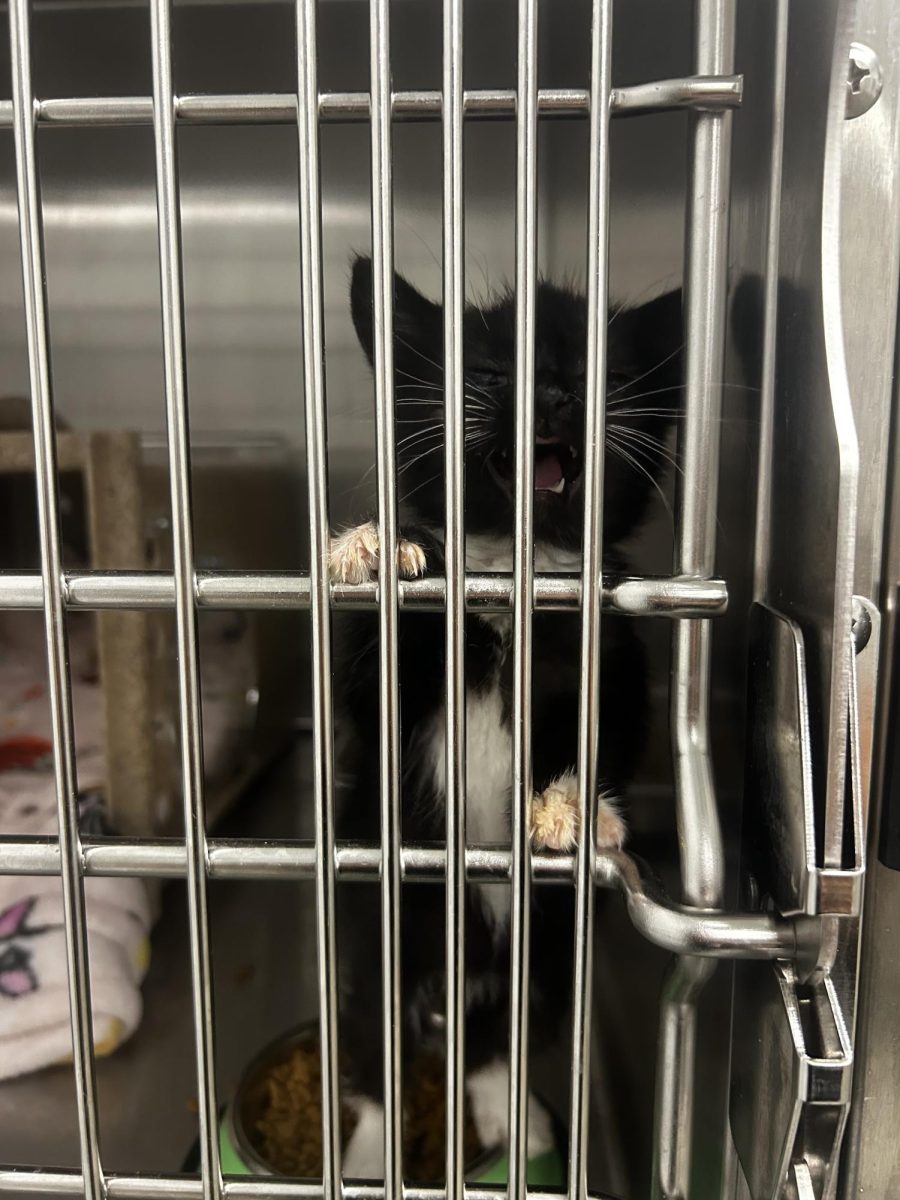Milk has been a part of human diets for over 6,000 years, with early farmers in Western Europe among the first regular consumers.
By the 19th century, Louis Pasteur’s discovery of pasteurization, heating liquids to kill harmful bacteria, revolutionized milk production, eliminating diseases like tuberculosis and typhoid fever. By the late 1800s, pasteurization was widely adopted and in 1973 the U.S. mandated it nationwide to ensure milk safety.
Fast forward to 2024 where the internet has become a cornerstone of society and daily life. It provides instant access to an almost limitless amount of information, research and resources, making knowledge more accessible than ever.
Yet somehow, despite clear evidence that pasteurization has saved millions of lives, people are choosing to return to drinking raw milk.
Wellness influencers, farmers and online communities have been pushing their followers to seek raw milk out for its alleged health benefits over its pasteurized counterparts.
They’re being listened to because raw milk sales have been surging. In June, Mark McAfee, founder of Raw Farm USA, reported selling up to 80,000 gallons of raw milk weekly, making it the world’s largest raw dairy brand; with dairies in Fresno and Kings counties.
Incredibly, this came on the heels of Food and Drug Administration (FDA) and Centers for Disease Control and Prevention (CDC) warnings that H5N1, or bird flu, had spread through dairy farms in several U.S. states during the spring. High concentrations of the virus has been found in raw milk from infected herds. While bird flu viruses don’t usually infect humans, occasional human infections have been reported.
This trend endangers public health by romanticizing “natural” food choices over scientifically backed safety measures, ignoring the lessons learned from the past. There is a reason why the sale of raw milk is illegal or heavily restricted in nearly two dozen states.
Selling raw milk is illegal in several states because, unlike pasteurized milk, it can contain harmful bacteria that pose serious dangers, especially to vulnerable groups like children, pregnant women, the elderly, and those with weakened immune systems.
There is a worrying lack of awareness about the actual risk, too. A June survey of 1,031 U.S. adults found that 24% believed raw milk was as safe or safer than pasteurized milk, and 30% were unsure.
There are multiple possible theories for why interest in raw milk has been spiking beyond simple intellectual incuriosity, but none of them are particularly well-founded.
A growing streak of anti-intellectualism unites both ends of the political horseshoe, from new-age hippies to rural backwoodsmen—individuals who have become increasingly distrustful of lobbyists, big business, big pharma, the government and the experts. This shared distrust in institutions extends to public health guidelines around raw milk, leading advocates to argue that authorities exaggerate the risks to protect their interests, promoting raw milk as a healthier alternative despite a lack of evidence.
Some consumers who dislike processed foods rife with ingredients they can’t pronounce seek natural, more sustainable options and may find raw milk appealing.
There are also clear profit incentives. The U.S. per capita fluid milk consumption has been declining for over 70 years, with a sharper drop in the 2010s, and dairy producers face competition from plant-based alternatives. Selling raw milk provides an additional revenue stream, appealing to a niche market seeking unpasteurized dairy products.
While raw milk is safer today than it was centuries ago, the danger now casts a wider net. Combining milk from multiple animals and farms increases contamination risks, spreading diseases more widely than they had before industrialization.
Just a month after reporting record sales, over 150 people fell ill with salmonella poisoning from drinking raw milk from Raw Farm USA, the largest recorded outbreak connected to unpasteurized milk in more than two decades. Of those who fell ill, four were also infected by Campylobacter and/or E. coli.
Despite the website claiming Raw Farm uses natural processes to produce high-quality raw products that “dramatically improve” customer health and “exceed all California state testing requirements,” they have put out past recalls, including one in February linking its cheddar cheese to an E. coli outbreak, which it later rescinded as “unfounded.”
Prior to that, Raw Farm recalled milk and cream after a salmonella outbreak was reported in October 2023.
According to the CDC, between 2009-14, unpasteurized dairy products accounted for nearly all of the 761 illnesses and 22 hospitalizations in the U.S. each year from dairy-related outbreaks caused by STEC, Salmonella, L. monocytogenes and Campylobacter.
Unfortunately, some state legislatures have worked to repeal their state’s total ban on raw milk sales, like West Virginia, where lawmakers and Capitol staffers caught a sudden, mysterious stomach flu after drinking raw milk to celebrate a law loosening its restrictions. More recently, Iowa, Louisiana, and Delaware have also passed or are advancing bills to legalize the commercial sale of raw milk for human consumption. Even more outbreaks are bound to be on the horizon.
While raw milk is more “natural” and may contain more antimicrobials, its many health claims are dubious at best and don’t outweigh the potential risks of severe infections caused by these illnesses. Anyone who claims it can cure or treat lactose intolerance, asthma, allergies and osteoporosis is trying to sell you the modern equivalent of snake oil.
So, while your chances of dying after drinking raw milk may be lower than that of a small Victorian child due to improved farming practices and the numerous advances in medicine we too often take for granted, it’s still like walking a tightrope without a safety net—the risks far outweigh the rewards.
Millions of years ago, humans ate raw meat before discovering fire, just like every other carnivore and omnivore on the planet. That doesn’t mean we should go back. Once we learned to cook, it made food safer by killing harmful pathogens and unlocked new nutritional benefits. It made digestion easier and contributed to the development of larger brains. Perhaps it’s time we start using them again.

















Brandon • Sep 23, 2024 at 10:27 am
I just wanted to say that I started reading the article just because I love milk. My family usually consumes between two to three gallons of milk a week so sing something about a milk recall was peeking to my curiosity to say the least. When I open up the article and actually started reading I was pleasantly surprised about the benefits and the harmful possibilities that could come from consuming while milk I like the end of the article with the quip that the rise of discovering fire and killing of pathogens that way leading to Big arrangement maybe we should start using them I thought was a very apropos statement.